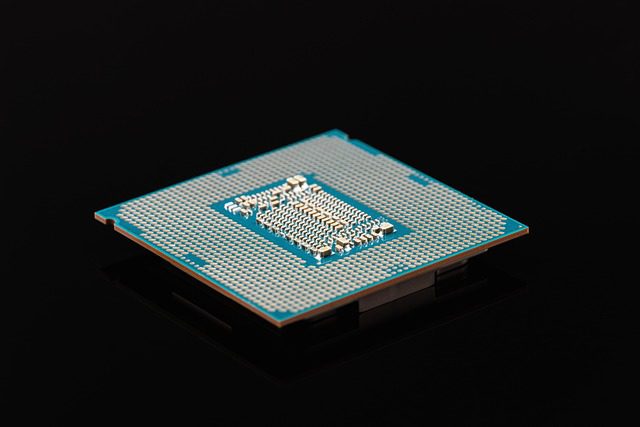
Researchers from Vrije Universiteit Amsterdam and IBM Research Europe have uncovered a new security vulnerability dubbed “GhostRace” (CVE-2024-2193) that exposes a critical flaw in the foundational elements of operating system security: synchronization primitives. This flaw allows attackers to exploit weaknesses in the way modern processors optimize code execution, bypassing security measures and potentially wreaking havoc on critical systems.

The Essence of GhostRace
At its core, GhostRace attacks exploit flaws in synchronization mechanisms—the safeguards that keep different threads of execution in order within operating systems like Linux. By manipulating a processor’s speculative execution (a performance trick where the CPU tries to ‘guess’ future instructions), attackers can force threads to run out of sync, causing potential data leaks, program crashes, or even the execution of malicious code.
The Reality: Secure Code Isn’t Always Safe
GhostRace’s innovation lies in its exploitation of Speculative Race Conditions (SRC) within the Linux kernel. It targets the speculative execution’s temporal dissonance—the gap between what is and what might be. This gap allows for Speculative Concurrent Use-After-Free (SCUAF) scenarios, where threads interact with memory no longer in their rightful domain, leading to potential information leaks or arbitrary code execution. Demonstrations by the research team reveal the ability to siphon kernel memory at rates that spell grave concern for system security.
The researchers’ findings reveal that even code designed to be secure is susceptible to GhostRace. By manipulating speculative execution, attackers can bypass protections and create conditions where a system believes a piece of memory has been safely released, while a rogue speculative thread still accesses it – a Speculative Concurrent Use-After-Free (SCUAF). The researchers’ proof-of-concept demonstrates this by leaking kernel memory at an alarming rate.
Widespread Impact
The impact of CVE-2024-2193 is potentially far-reaching. It affects:
- Hardware: All major processor vendors (Intel, AMD, ARM, IBM) are vulnerable.
- Software: Any operating system, hypervisor, or other program that relies on standard synchronization primitives and runs on susceptible hardware is at risk.
The Response and the Challenges
The discovery of GhostRace prompted an immediate response from the research team, notifying giants like Intel, AMD, ARM, and IBM, alongside the custodians of the Linux kernel. The acknowledgment of CVE-2024-2193 by these stakeholders underlines the severity of the issue. While AMD points to existing mitigations for Spectre-v1 as a method against SRCs, the Linux kernel’s response has been more nuanced, addressing related CPU saturation issues without directly confronting the underlying vulnerability.
In the face of GhostRace, the researchers propose a straightforward yet effective countermeasure: serializing the speculative execution path within affected synchronization primitives through minimal kernel modifications. This mitigation, requiring a mere two lines of code ((i.e., adding an lfence instruction after the lock cmpxchq), promises a modest performance overhead of approximately 5%, a small price to pay for fortifying the Linux kernel against speculative execution attacks.